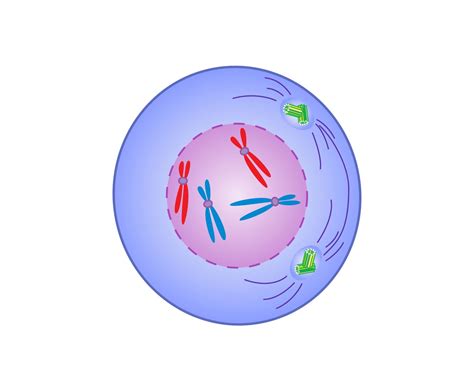What Happens In Prophase 1

The intricacies of cell division, particularly meiosis, are fascinating topics that have garnered significant attention in the realm of biology. Meiosis, the process by which sex cells (sperm and egg cells) are produced, is divided into two main phases: meiosis I and meiosis II. Within meiosis I, there is a critical stage known as prophase I, which plays a pivotal role in the genetic diversity and uniqueness of offspring. Let’s delve into the details of prophase I, exploring its significance, processes, and why it’s crucial for life as we know it.
Introduction to Prophase I
Prophase I is the initial stage of meiosis I and is characterized by several key events that distinguish it from mitosis, the process of somatic cell division. Unlike mitosis, where the focus is on replicating the genome and dividing it equally between two daughter cells, meiosis involves halving the chromosome number to produce gametes (sperm or eggs) that are haploid, meaning they contain one set of chromosomes.
Events of Prophase I
Chromosome Condensation: The chromosomes, which are usually extended and not visible under a microscope, condense and become visible. This condensation is crucial for the processes that follow.
Homologous Chromosome Pairing (Synapsis): One of the hallmark events of prophase I is the pairing of homologous chromosomes. Homologous chromosomes are pairs of chromosomes that carry the same genes in the same order but are derived from different parents. This pairing is facilitated by the synaptonemal complex, a protein structure that binds the homologous chromosomes together.
Crossing Over: While the homologous chromosomes are paired, segments of DNA can be exchanged between the two chromosomes in a process known as crossing over. This genetic recombination increases genetic diversity by creating new combinations of genes that did not exist in the parent chromosomes.
Formation of Chiasmata: After crossing over, the points where the exchange occurred are visible under a microscope as chiasmata. These are essentially the physical manifestations of the crossover events.
Separation of Homologs: Towards the end of prophase I, the synaptonemal complex breaks down, and the homologous chromosomes begin to separate, but they are held together at the chiasmata.
Terminalization of Chiasmata: As prophase I progresses, the chiasmata move towards the ends of the chromosomes, a process known as terminalization. This is thought to facilitate the eventual separation of the homologous chromosomes.
Conclusion of Prophase I and Transition to Metaphase I
By the end of prophase I, the chromosomes have undergone significant changes that prepare them for the next stage of meiosis I, metaphase I. During metaphase I, the homologous chromosomes, still attached at the chiasmata, line up at the metaphase plate (an imaginary plane equidistant from the two spindle poles) in a process that ensures each pole will receive a mix of maternal and paternal chromosomes. This random assortment of chromosomes, combined with the genetic recombination that occurred during prophase I, contributes to the vast genetic diversity seen in offspring.
Importance of Prophase I
The events of prophase I, particularly crossing over and independent assortment, are critical for increasing genetic diversity. Without these mechanisms, offspring would be genetically identical to their parents, and the species would lack the adaptability needed to survive in changing environments. Thus, prophase I is not just a phase in the meiotic process; it’s a crucial step in the grand design of life, facilitating the creation of unique individuals with the potential to adapt and evolve.
FAQ Section
What is the main difference between prophase in mitosis and prophase I in meiosis?
+The main difference lies in the pairing and crossing over of homologous chromosomes in prophase I of meiosis, which does not occur in mitosis. This process significantly increases genetic diversity in meiosis.
What is the role of the synaptonemal complex in prophase I?
+The synaptonemal complex is a protein scaffold that facilitates the alignment and pairing of homologous chromosomes during prophase I, enabling genetic crossing over.
How does crossing over contribute to genetic diversity?
+Crossing over mixes genetic material from homologous chromosomes, creating new combinations of genes. This shuffling increases genetic diversity by producing offspring that are genetically unique from their parents and each other.
In conclusion, prophase I is a complex and fascinating stage of meiosis I, filled with intricate processes that ultimately lead to the production of genetically diverse gametes. The unique events of prophase I, including chromosome pairing, crossing over, and the formation of chiasmata, underscore the dynamic and adaptive nature of genetic inheritance, ensuring that each new generation is equipped with the variability necessary to thrive in an ever-changing world.



